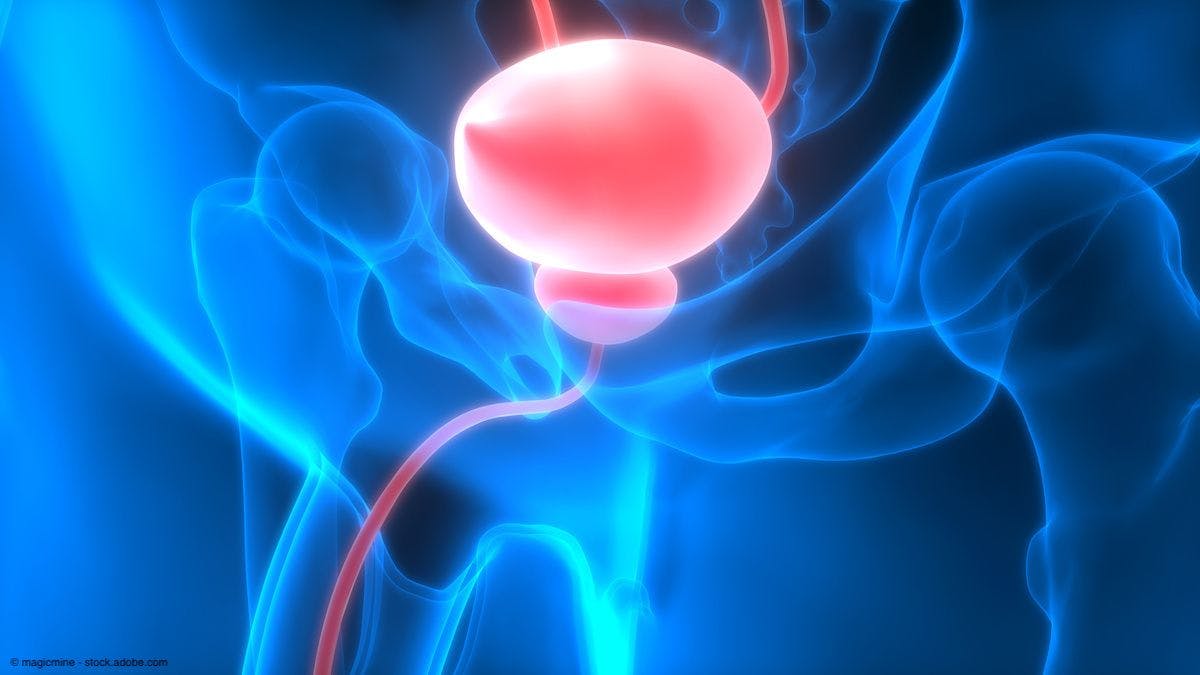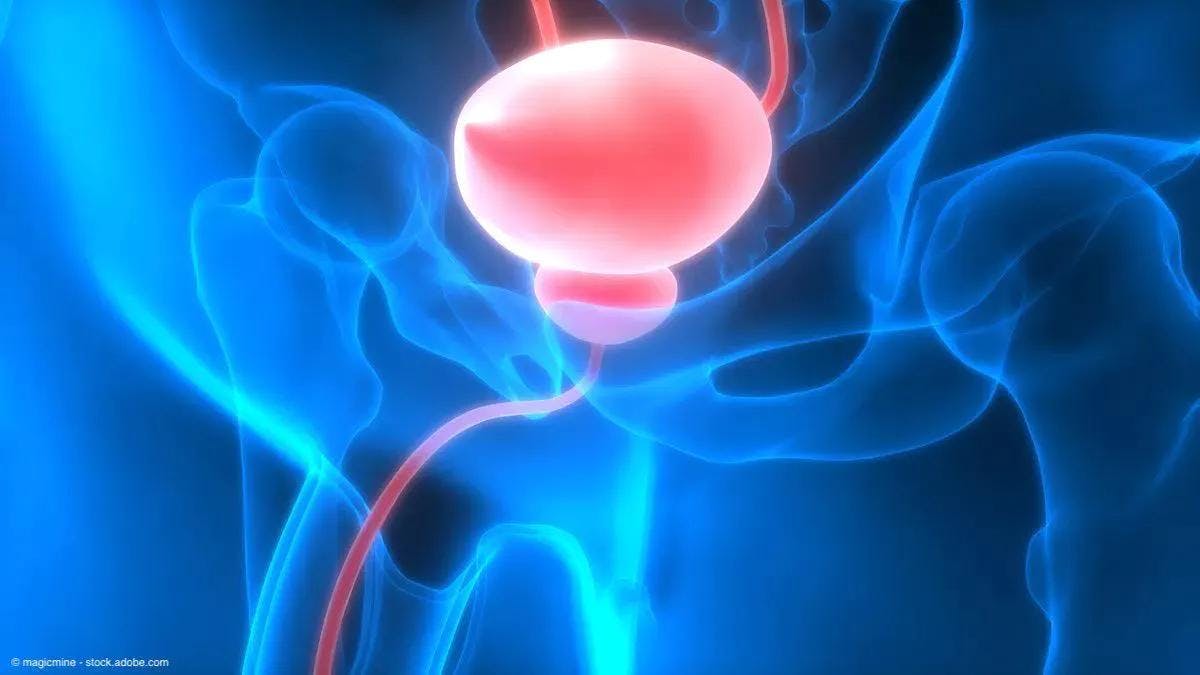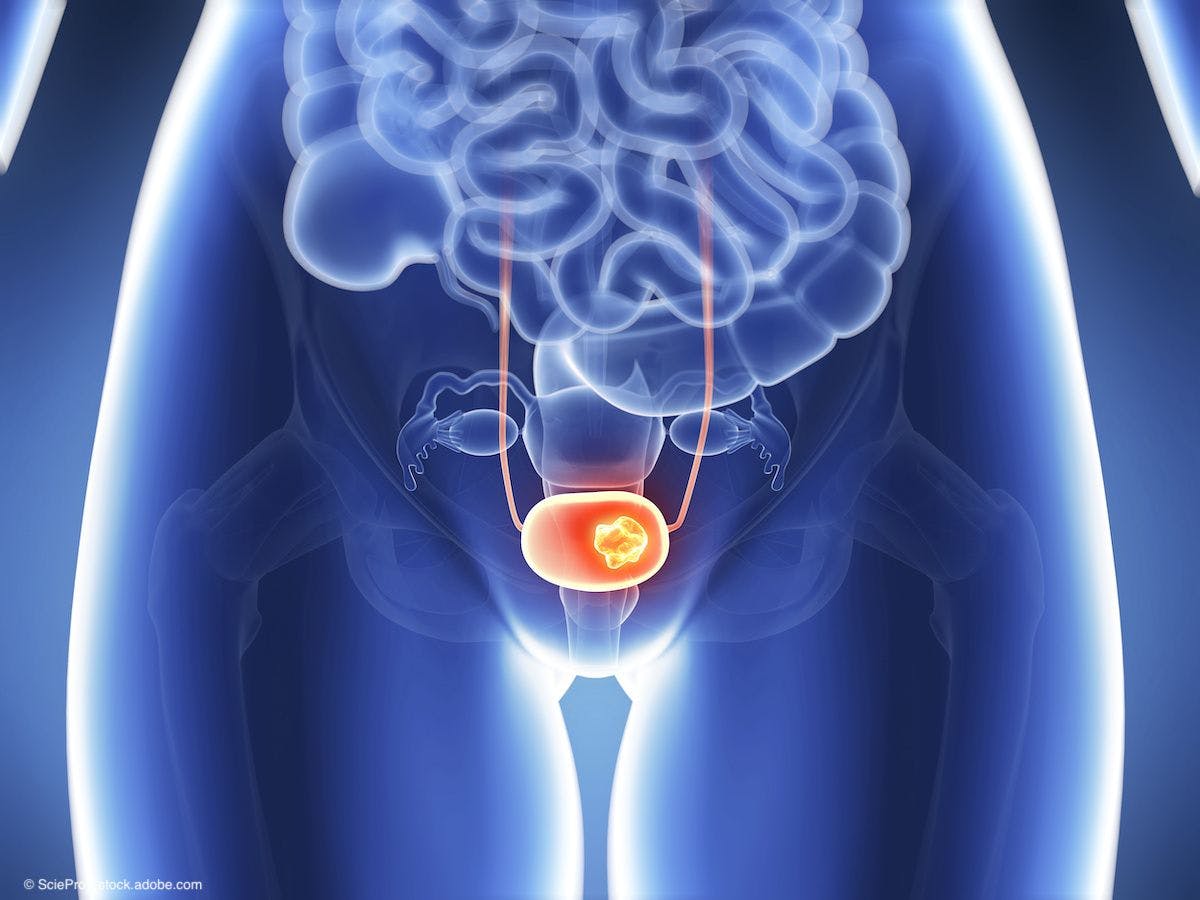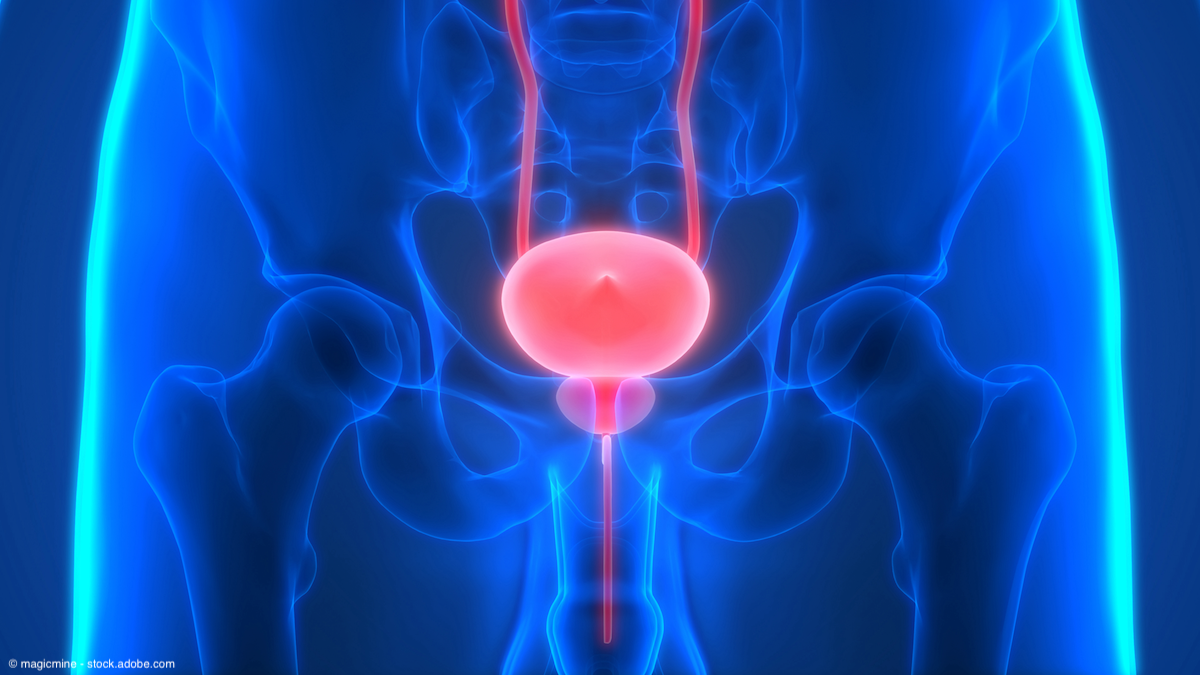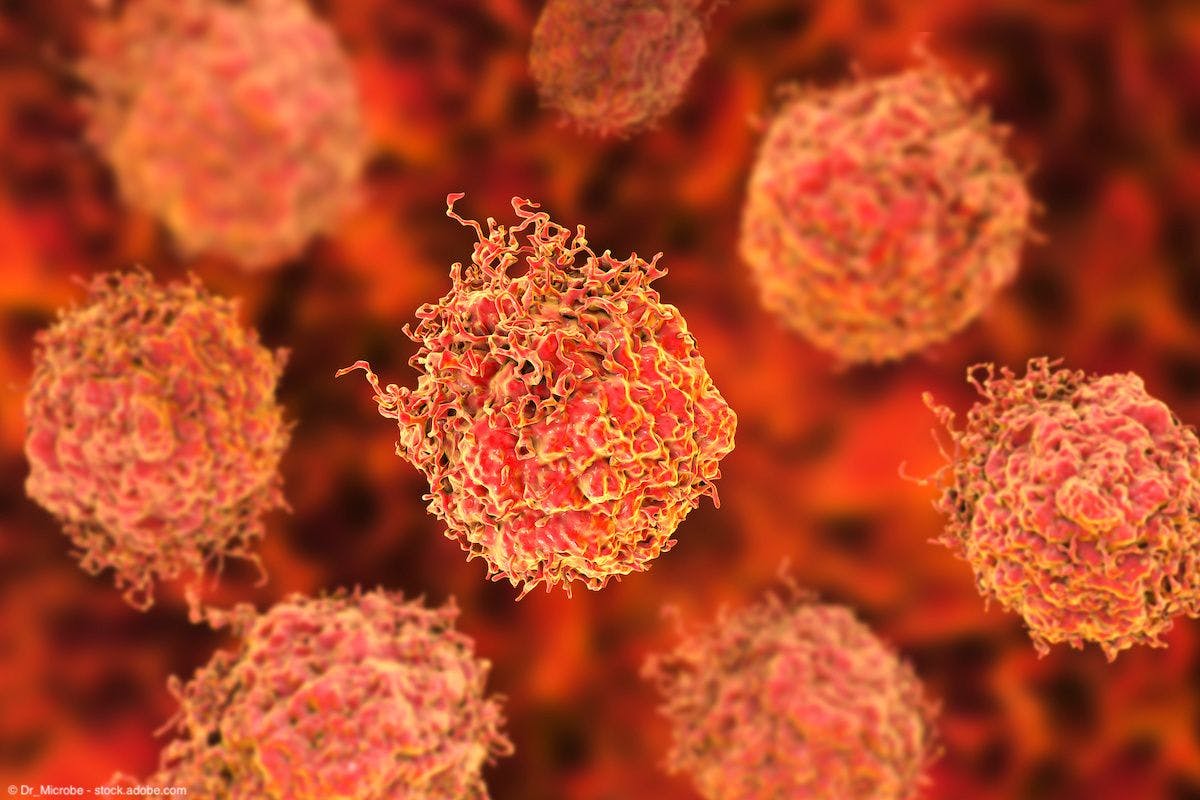Commentary
Article
Urology Times Journal
BCG-unresponsive NMIBC: Advancements are finally moving the needle
Author(s):
"I predict 2024 will be a banner year for progress in the management of [NMIBC], and not only will we be moving the needle but also turning up the volume in this historically quiet space," writes Michael S. Cookson, MD, MMHC, FACS.
Michael S. Cookson, MD, MMHC, FACS

In 2024, I predict we will finally move the needle in terms of progress in treatment of non–muscle-invasive bladder cancer (NMIBC). Before I highlight this remarkable progress, I was curious to the origin of this commonly used phrase. What I discovered is this term is in reference to the old analog VU meter used in audio recordings, where VU stood for volume units. In the early days of recording, some audio sources were not even loud enough to make the needle move off the bottom; in other words, it was too faint to be of much use to record. So when we say that something is moving the needle, we are stating it is enough to register or make a meaningful difference to the user—enough for the user to take note of.
NMIBC represents a considerable portion of bladder cancer diagnoses. Although BCG immunotherapy has been a cornerstone of treatment for high-risk disease since the 1980s, a subset of patients find themselves in the situation where their disease is not responsive to or is no longer responsive to BCG. For these patients, treatment options for too long have been limited to marginal salvage therapies with limited durability in the backdrop of radical cystectomy for those fit and willing to undergo this major, life-changing procedure. Of course, most patients would like to forego radical cystectomy if possible.
BCG-unresponsive NMIBC refers to patients who do not exhibit a satisfactory response to BCG immunotherapy. The American Urological Association (AUA) and the National Comprehensive Cancer Network (NCCN) guidelines provide criteria for this classification, emphasizing persistent or recurrent high-grade Ta, T1, or carcinoma in situ (CIS) following an adequate BCG regimen.1,2 Adequate BCG is generally defined as receiving at least 5 of 6 weekly induction courses and either a second induction or 2 of 3 weekly maintenance courses for Ta and CIS. Persistent T1 disease after induction BCG also qualifies. Of course, there are other reasons why BCG may not be a viable option for patients, including BCG intolerance and BCG unavailability.
Acknowledging this unmet need, what’s moving this needle for patients with BCG-unresponsive NMIBC in 2024? Several clinical trials have either completed or reported with results that are quite exciting and likely practice changing. Emerging treatment modalities from trials such as SunRISe-1 (NCT04640623, evaluating TAR-200) and BOND-003 (NCT04452591, evaluating CG0070), combination chemotherapy, and insights from the QUILT-3.032 trial (NCT03022825) are all reasons for optimism. These results, coupled with recently FDA-approved agents nadofaragene firadenovec (Adstiladrin) and pembrolizumab (Keytruda), create an audible buzz that will surely move the needle in NMIBC like never before. I will briefly summarize some of the results.
The first approved intravesical therapy is an innovative gene therapy, nadofaragene firadenovec, which delivers the adenovirus carrying the interferon alfa-2b gene directly into the bladder. Findings from phase 3 trials have demonstrated its potential in inducing durable responses in patients with BCG-unresponsive NMIBC, positioning it as a promising therapeutic option. It is FDA approved and became commercially available in late 2023, but in 2024, it is expected to be more generally available to the bladder cancer community.3
The first systemic therapy approved in this setting was pembrolizumab, a PD-1 immune checkpoint inhibitor. Pembrolizumab has showcased efficacy across various malignancies. In NMIBC, it leverages the immune system to combat cancer cells. Notably, findings from the KEYNOTE-057 trial (NCT02625961) reported a 40% objective response rate in BCG-unresponsive NMIBC with CIS.4
Findings from the SunRISe-1 trial of TAR-200 recently reported on the use of intravesical therapy delivering gemcitabine and gemcitabine plus a PD-L1 inhibitor. TAR-200 is an optimized drug intravesical delivery system that delivers drug to the bladder while minimizing systemic toxicity. Data from this trial have reported on the TAR-200 monotherapy arm in CIS, with a 76% complete response (CR) rate for patients with CIS.5 These favorable outcomes observed in BCG-unresponsive NMIBC have led to an FDA breakthrough therapy designation.6
At the 24th Annual Meeting of the Society of Urologic Oncology in December 2023 in Washington, DC, the latest results of the BOND-003 trial were reported. A conditionally replicative adenovirus, CG0070, selectively targets and destroys bladder cancer cells. Findings from phase 2 trials have indicated its potential in inducing tumor regression and prolonging survival in BCG-unresponsive NMIBC. In the BOND-003 trial, BCG-unresponsive, high-risk NMIBC with CIS with or without concomitant high-grade Ta or T1 papillary disease had an approximately 75% CR rate at 6 months. These favorable results have led to both fast-track and breakthrough therapy designation intended to accelerate path to FDA submission.7
Combination chemotherapy with gemcitabine and docetaxel (Gem-Doc) has also been shown to be quite effective in this space. A combination therapy of Gem-Doc offers a synergistic approach to BCG-unresponsive NMIBC. Findings from preliminary studies highlight its potential in enhancing therapeutic efficacy and mitigating resistance mechanisms in both high-risk BCG-naive and BCG-unresponsive disease.8,9
The QUILT-3.032 study represents another important trial in BCG-unresponsive NMIBC management.10 This trial investigates the synergy between immune checkpoint inhibitors and targeted therapies in this disease state. Patients with BCG-unresponsive bladder CIS with or without Ta/T1 papillary disease were treated with intravesical nogapendekin alfa inbakicept(NAI) plus BCG (cohort A). The CR rate for the BCG-unresponsive NMIBC CIS cohort treated with NAI plus BCG was 71% at any time and 45% and 33% at 12 and 18 months, respectively. Thus, combining NAI with BCG resulted in a significant improvement in response over what would have been predicted based on currently available salvage regimens.
BCG-unresponsive NMIBC remains a therapeutic challenge, necessitating innovative strategies to improve patient outcomes. Definitions provided by the AUA and the NCCN underscore the severity and complexity of this clinical scenario. Nadofaragene firadenovec, pembrolizumab, SunRise-1 TAR-200, BOND-003 (CG0070), Gem-Doc, and insights from QUILT-3.302 represent the vanguard of NMIBC treatment, offering renewed hope and diversified therapeutic avenues. As research progresses and clinical trials evolve, these therapies hold the potential to redefine the management of BCG-unresponsive NMIBC and possibly high-risk NMIBC, ultimately moving the needle of patient care, bladder preservation, and bladder cancer–specific survival. I predict 2024 will be a banner year for progress in the management of this disease state, and not only will we be moving the needle but also turning up the volume in this historically quiet space.
REFERENCES
1. Chang SS, Boorjian SA, Chou R, et al. Diagnosis and treatment of non-muscle invasive bladder cancer: AUA/SUO guideline. J Urol. 2016;196(4):1021-1029. doi:10.1016/j.juro.2016.06.049
2. NCCN. Clinical Practice Guidelines in Oncology. Bladder cancer, version 4.2021. Accessed January 26, 2024. http://tinyurl.com/3d4kyw35
3. Boorjian SA, Alemozaffar M, Konety BR, et al. Intravesical nadofaragene firadenovec gene therapy for BCG-unresponsive non-muscle-invasive bladder cancer: a single-arm, open-label, repeat-dose clinical trial. Lancet Oncol. 2021;22(1):107-117. doi:10.1016/S1470-2045(20)30540-4
4. Balar AV, Kamat AM, Kulkarni GS, et al. Pembrolizumab monotherapy for the treatment of high-risk non-muscle-invasive bladder cancer unresponsive to BCG (KEYNOTE-057): an open-label, single-arm, multicentre, phase 2 study. Lancet Oncol. 2021;22(7):919-930. doi:10.1016/S1470-2045(21)00147-9
5. Necchi A, Jacob JM, Daneshmand S, et al. Results from SunRISe-1 in patients (pts) with bacillus Calmette–Guérin (BCG)-unresponsive high-risk non–muscle-invasive bladder cancer (HR NMIBC) receiving TAR-200 monotherapy. Ann Oncol. 2023;34(suppl 2):S1343-S1344. doi:10.1016/j.annonc.2023.10.111
6. Johnson & Johnson’s investigational TAR-200 granted U.S. FDA breakthrough therapy designation for the treatment of high-risk non-muscle-invasive bladder cancer. News release. Johnson & Johnson. December 4, 2023. Accessed January 5, 2024. http://tinyurl.com/5n8epfen
7. Tyson M, Uchio E, Nam JK, et al. First results from BOND-003: phase 3 study of cretostimogene grenadenorepvec monotherapy for patients with BCG-unresponsive high-risk NMIBC with CIS +/- papillary (Ta/T1) tumors. Presented at: 24th Annual Meeting of the Society of Urologic Oncology; November 28-December 1, 2023; Washington, DC. Abstract LBA3396.
8. McElree IM, Steinberg RL, Mott SL, O’Donnell MA, Packiam VT. Comparison of sequential intravesical gemcitabine and docetaxel vs bacillus Calmette-Guérin for the treatment of patients with high-risk non-muscle-invasive bladder cancer. JAMA Netw Open. 2023;6(2):e230849. doi:10.1001/jamanetworkopen.2023.0849
9. Grobet-Jeandin E, Pinar U, Rouprêt M. Sequential gemcitabine plus docetaxel is the standard second-line intravesical therapy for bacillus Calmette-Guérin-unresponsive non-muscle invasive bladder cancer: con. Eur Urol Focus. 2022;8(4):1121-1123. doi:10.1016/j.euf.2021.09.005
10. Chamie K, Chang SS, Kramolowsky E, et al. IL-15 superagonist NAI in BCG-unresponsive non–muscle-invasive bladder cancer. NEJM Evid. 2023;2(1). doi:10.1056/EVIDoa2200167

Newsletter
Stay current with the latest urology news and practice-changing insights — sign up now for the essential updates every urologist needs.




